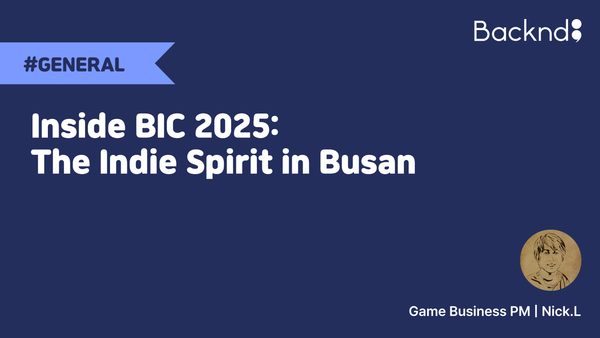Analyzing the Korean Google Play Store: Top 100 Popular Games

Written by Brand Pixie Mini, 7 January 2025
Introduction
The Korean gaming market is known as the fourth-largest in the world, following the United States, China, and Japan.
Considering that Koreans make up only about 0.06% of the global population, this figure becomes even more astonishing!
Korean the nation of gaming enthusiasts, what kinds of game do they enjoy the most?
Let’s dive into an analysis of the Top 100 Popular Games on the Korean Google Play Store and uncover some intriguing insights.
Below is the chart of the Top 100 Popular Games on the Korean Google Play Store that we’ll be exploring today (as of December 17, 2024).

The popularity rankings stand out because they reflect a broader spectrum of user preferences compared to top grossing charts. While the top grossing chart primarily showcases the choices of "high-spending users," popularity rankings highlight the games favored by "a larger number of users."
Although the top games in the popularity rankings may sometimes be influenced by excessive advertising efforts leading to artificially high downloads, analyzing the entire chart provides valuable insights into overall user preferences. One notable feature is that free-to-download games or those with ad-based revenue models can also rank high in popularity—something less likely in revenue rankings. 😉
Main Analysis: Interesting Insights
First Question: Are All These Games from Korean publisher?
Based on publicly available information, we identified the country of origin for the developers or publishers of 83 out of the 100 games in the TOP 100 chart. Unsurprisingly, not all of them are Korean games. (Of course, Korean games still dominate the chart!)

Out of the 83 games where the developer or publisher information could be verified, 31 games were developed in Korea. This represents the largest share, highlighting the significant role Korean game companies play in their domestic market. Notably, the #1 game on the chart was Demon Hunter Idle( (as of December 17, 2024), published by the Korean company Mobirix.
Following Korea, China and Singapore also show strong influence in the Korean market, with 11 games and 8 games on the chart, respectively.
Why does this trend occur? While the popularity rankings result from a complex interplay of various factors, making it difficult to pinpoint a definitive answer, we can offer some plausible hypotheses.
Cultural Similarities
Asian countries share many similarities in language, sentiment, and cultural codes. These factors significantly lower entry barriers for Asian developers when expanding into neighboring countries, making cross-border success more achievable.
Linguistic Similarity and Localization Efficiency
Languages like Korean, Chinese, and Japanese share many vocabulary roots derived from Chinese characters. This makes it relatively easier to preserve meaning when translating in-game text or names. As a result, minimal text localization can often serve multiple countries simultaneously.
Shared Cultural Contexts
Asian players often find familiarity in the stories, characters, and art styles of games from neighboring countries. This shared cultural resonance makes it easier for players to connect with a game’s narrative and world-building. For example, "With Ghosts", published by China's SP Games and ranked 3rd on the TOP 100 chart, draws inspiration from traditional Korean culture and folklore, which has contributed to its popularity.
Similar Gaming Habits
Asian gamers tend to favor similar in-game behaviors, such as cooperation, competition, and ranking systems. In Korea specifically, players are known to embrace "pay-to-win" mechanics as a means to gain an edge over competitors. Korean gamers often seek to outshine others, value social elements, and are heavily influenced by competitive systems.(For more insights, check out MISTPLAY's report: The Spending Habits of Korean Mobile Gamers: IAP Trends Shaping 2024.)
Similarity in Preferred Games
Asian gamers often display similar preferences for familiar game styles and genres. This trend becomes particularly evident when analyzing revenue rankings, where such preferences are clearly reflected.
Preference for Free-to-Play (F2P)
Historically, F2P has been the most widely adopted monetization model in Asia. (Reference: Think with Google) Many Asian gamers prefer games they can start playing for free and are accustomed to revenue models based on in-app purchases or advertisements. This preference is especially prominent in the mobile gaming market.
Strong Affinity for RPGs
According to SensorTower, RPGs account for a significantly higher share of mobile game revenue in Asian countries compared to other regions. For instance, while RPGs represent only 11.3% of mobile game revenue in the U.S., they account for 57.5% in Korea, 47.8% in Japan, and 27% in China. This stark contrast highlights the strong interest and spending by Asian gamers on RPG titles.
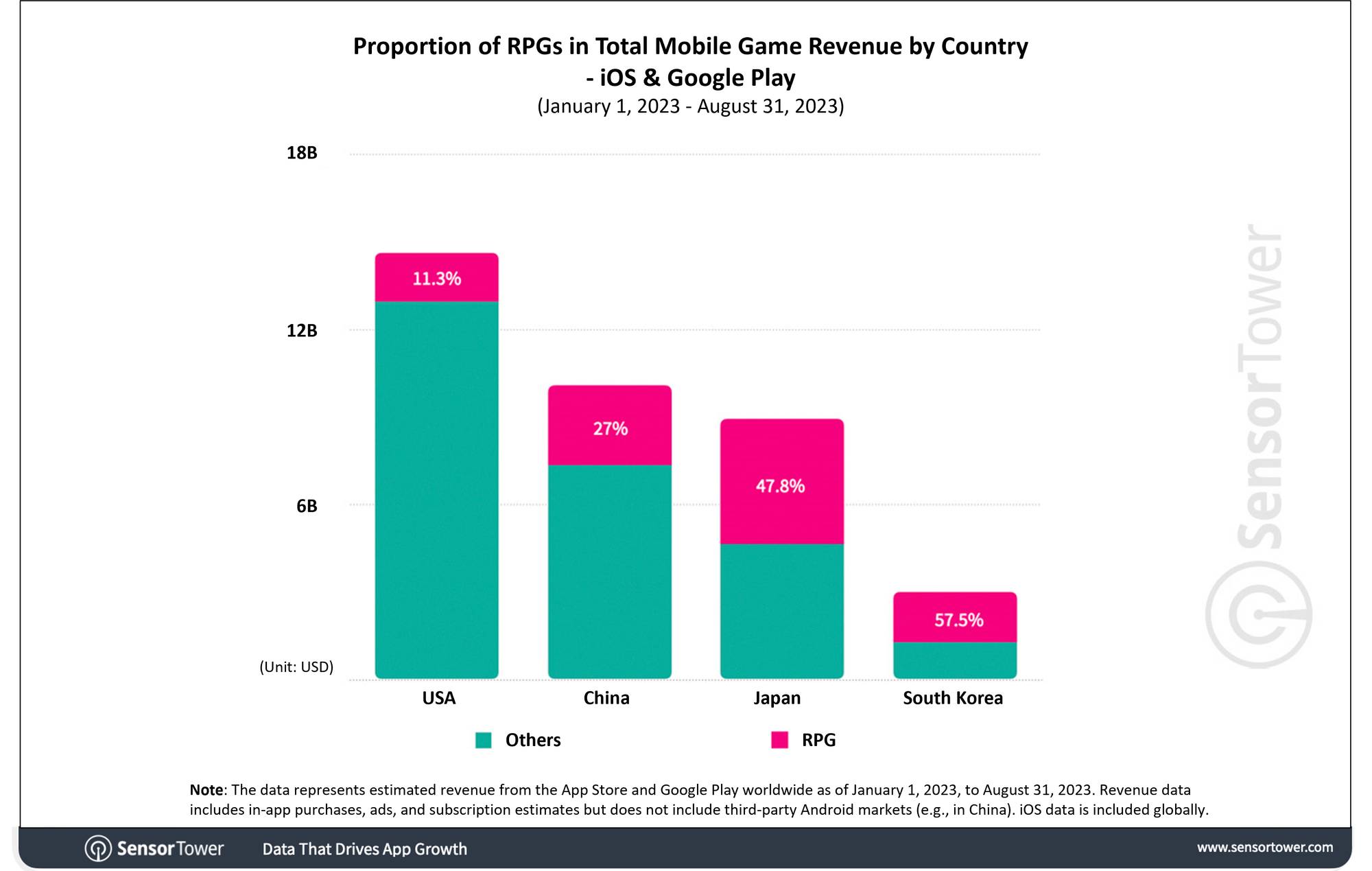
Second Question: What Genres Dominate the Chart?
Take a moment to examine the graph first. Once you return to this section, you’ll notice some fascinating trends across different segments of the chart:
(1) High Representation of Puzzle Games in the Mid-to-Lower Ranks(While still part of the TOP 100)
(2) Increasing Share of Strategy Games Toward the Top
(3) RPGs Dominate the Topmost Ranks

(1) High Representation of Puzzle Games in the Mid-to-Lower Ranks
Puzzle games make up 30% of the TOP 100 games, showing a relatively high share compared to other genres. Thanks to their simple and intuitive gameplay, puzzle games are highly accessible and particularly popular among users looking for quick, casual gaming sessions.
Delving deeper into the puzzle genre, block puzzle games such as "Block Blast" and "Car Jam" account for a significant portion, making up 7% of the overall chart.

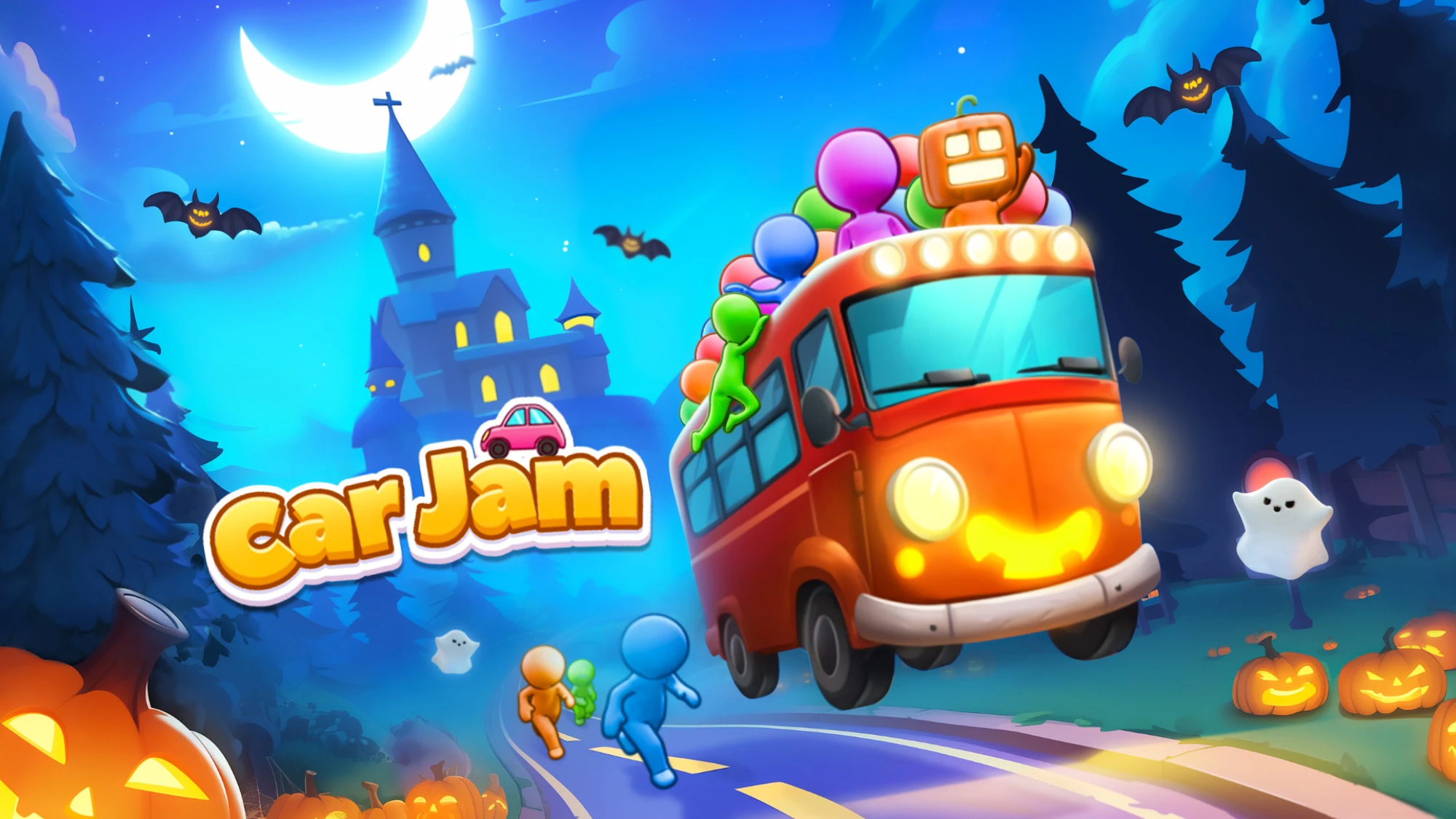

(2) As We Move Up the Ranks: The Rise of Strategy Games
The share of strategy games grows steadily as we move from the TOP 100 to the TOP 50 and then to the TOP 10, with proportions of 13%, 14%, and 30%, respectively. This suggests that the in-depth gameplay and challenging mechanics of strategy games strongly appeal to Korean players.
Top-ranking titles like "WOS: Whiteout Survival" highlight the popularity of the 4X (Explore, Expand, Exploit, Exterminate) genre. Strategy games that focus on multiplayer and PvP elements are particularly dominant in the upper ranks, driving long-term player engagement and intense competition.


(3) Dominance of RPGs in the Top Ranks
In the TOP 10 games on the Korean Google Play Store, half of the titles belong to the RPG genre. But why does the RPG genre hold such a strong appeal in the Korean mobile gaming market?
Part of the answer lies in the history of Korean gaming.
① The Origins of Korean Gaming: From PCs
In the 1980s and 1990s, the Korean gaming industry grew primarily around PC games, charting a different course from the console-centric gaming industries of the West. Early on, simpler genres like shooting games dominated the scene due to their relatively lower development complexity. However, in 1994, a Korean game company (Sonnori) achieved the first major RPG success, marking the beginning of the RPG era.
The game that sparked this trend was "Astonishia Story". If you’re wondering, 'How good could an old game be?' take a look at the screenshot below! Its intricate pixel art, immersive storytelling, and strategic gameplay captivated Korean gamers.
This landmark title became a sensation and laid the foundation for the popularity of RPGs, establishing them as a dominant genre in the Korean PC gaming industry.

② The Rise of Online Gaming and the Emergence of MMORPGs
As the RPG trend persisted, the 21st century brought a significant shift toward online gaming. During this era, Korea's advanced internet infrastructure and the widespread presence of PC cafés drove the rapid rise of MMORPGs.
Culturally iconic titles from Korea's first-generation game developers, such as Lineage and MapleStory, became monumental successes. These games not only reinforced the dominance of the RPG genre but also established gaming as a key industry in Korea.
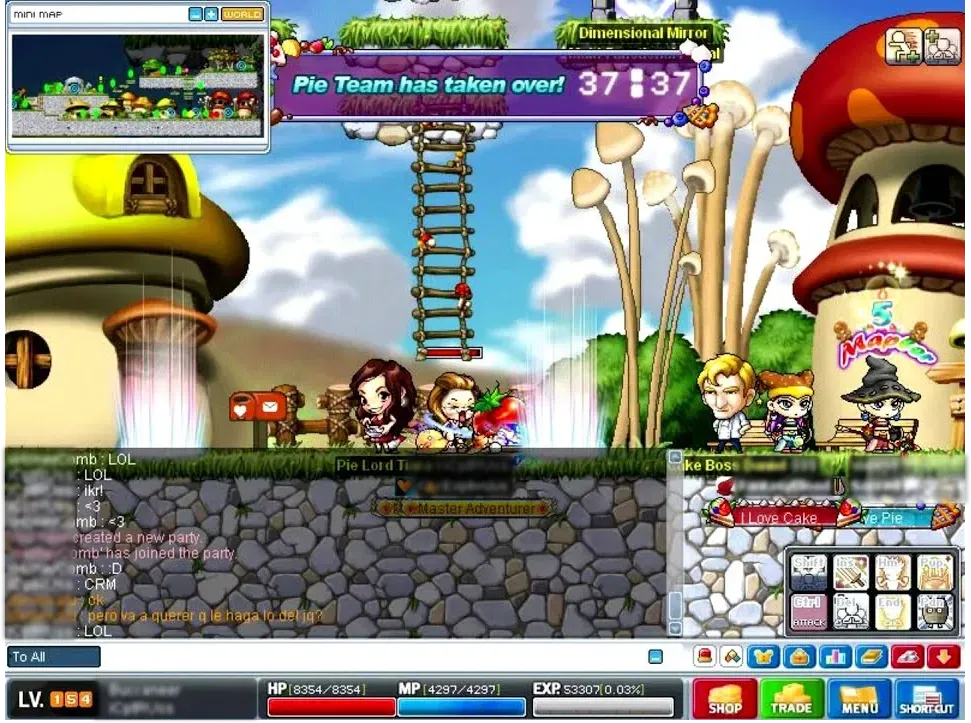
③ Platform Shift (PC → Mobile) and the Present
With the widespread adoption of smartphones in the 2010s, the Korean gaming market experienced yet another transformation. The shift from PC to mobile platforms was embraced quickly, leading to significant growth.
In the early days of smartphones, casual games dominated the market. However, advancements in mobile devices soon made it possible to enjoy RPGs and MMORPGs on mobile. Notably, the generation that grew up playing PC RPGs transitioned to mobile RPGs, helping sustain the genre's popularity.
Below is an example of 'MapleStory', a beloved PC game, seamlessly brought to mobile as 'MapleStory M'!
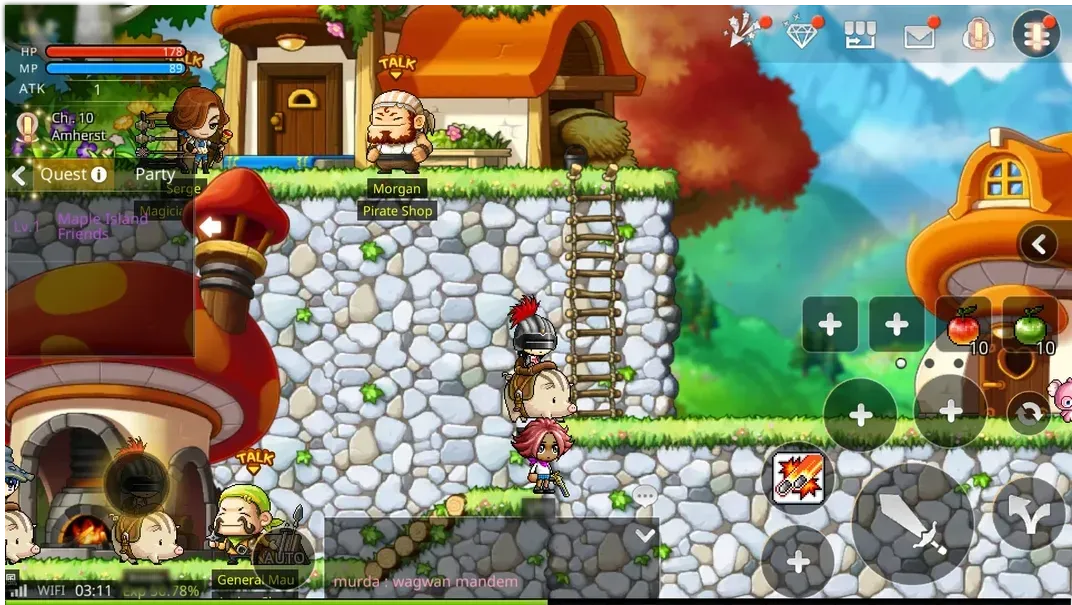
- The Korean gaming market has consistently embraced the RPG genre since the PC era.
- With the rise of smartphones, the market quickly adapted to the platform shift from PC to mobile, driving growth.
- As a result, the passion of the PC RPG generation has seamlessly transitioned to mobile RPGs, sustaining the genre's popularity.
Third Question: Is Maintaining a Good Rating Important?

It is absolutely important! Among the TOP 100 games, 87% hold a rating of 4.0 or higher, and even the remaining games maintain a minimum score of 3.0.
App Store ratings are more than just numbers—they significantly influence a game's perception. A high rating gives players confidence in the game’s quality and entertainment value, serving as a strong first impression. This directly impacts download conversion rates and player acquisition.
While the data alone cannot definitively establish a correlation between store rankings and ratings, it's hard to ignore that highly-rated games are prominently represented in the upper ranks of the popularity charts. 😁
Conclusion
Today, we explored the TOP 100 Popular Games on the Korean Google Play Store.
It’s fascinating to see how the data aligns with the dynamics of the Korean gaming market. (Initially, we had some skepticism about whether meaningful insights could emerge from this analysis.)
That said, the charts and information presented are based on data from a specific date and may not capture broader trends or fluctuations in rankings. We hope you enjoyed this analysis as a light exploration.
Analyzing the Korean Google Play Store - Top Grossing rankings
Curious about our 'Top Grossing rankings' analysis? Hit the ‘Subscribe’ button to stay updated!
You’ll be the first to know as soon as the article is published. 😊
If you like this posting, please subscribe us!

© 2025 AFI, INC. All Rights Reserved. All Pictures cannot be copied without permission.

![[External Essay] Gamescom 2025 Interactions](/content/images/size/w600/2025/09/------1.png)
